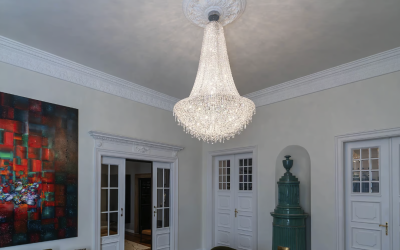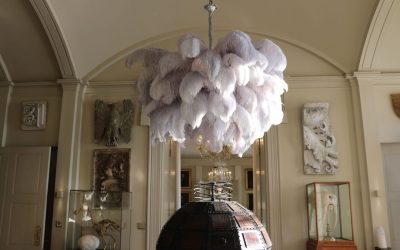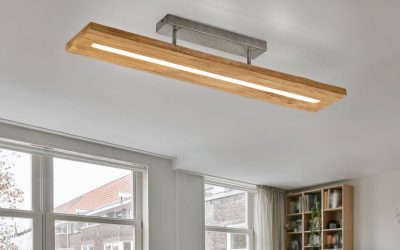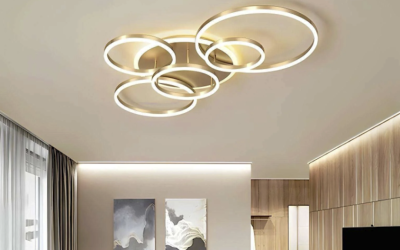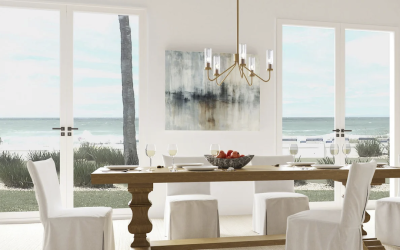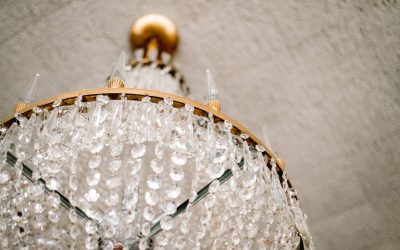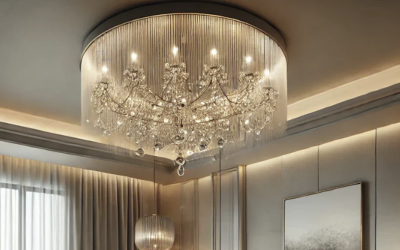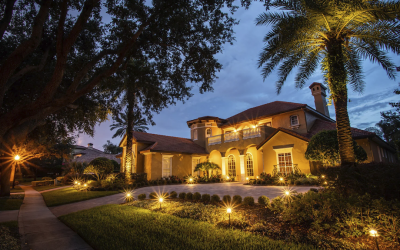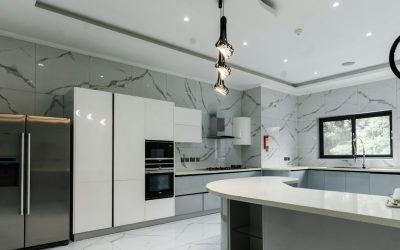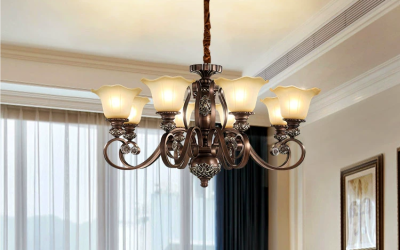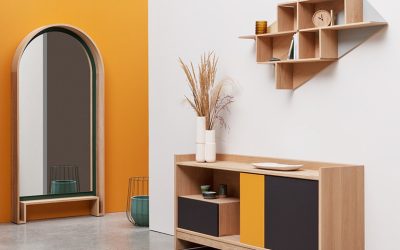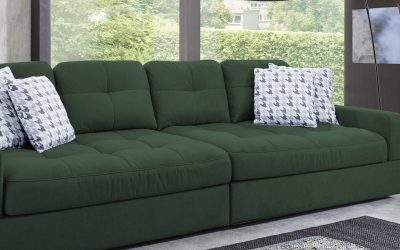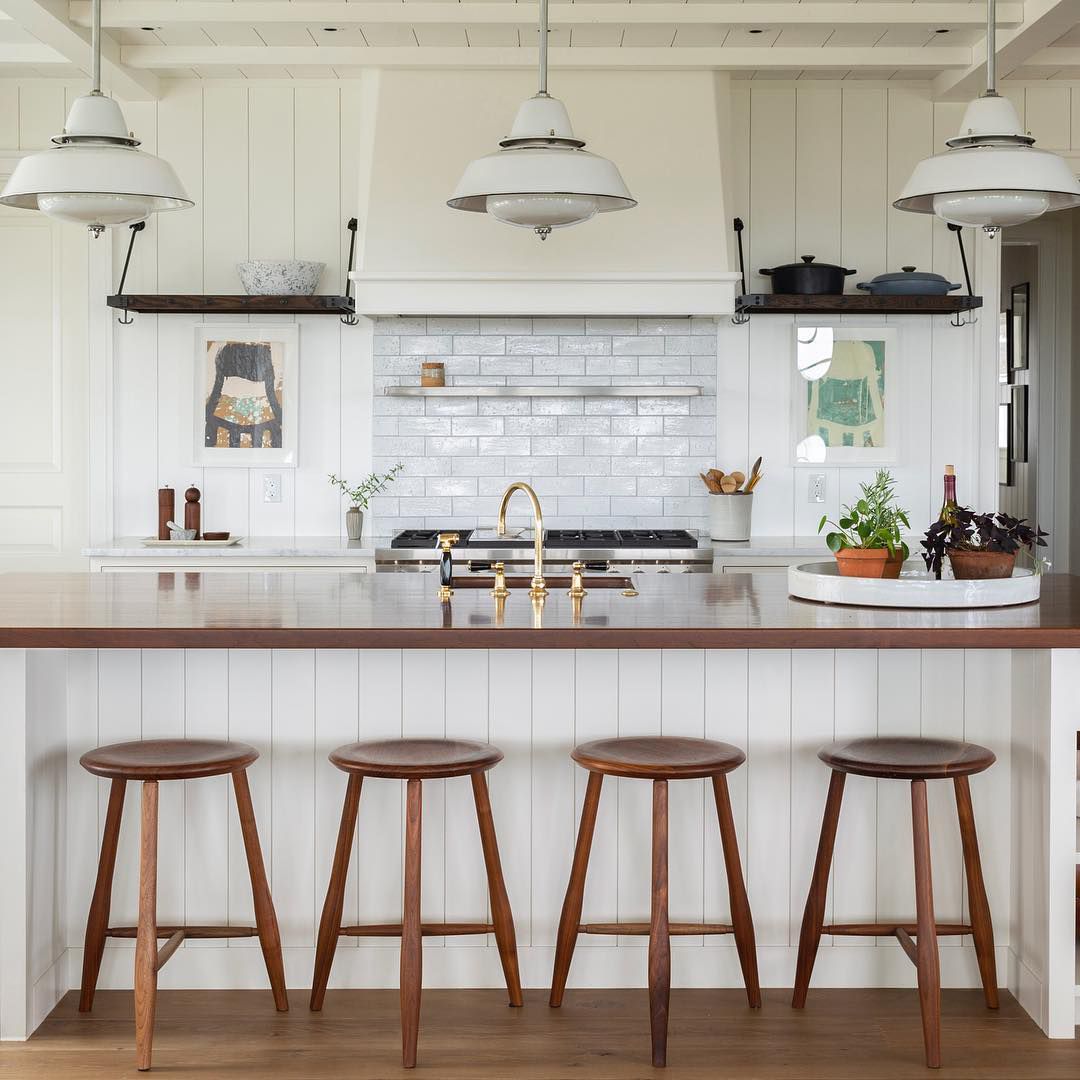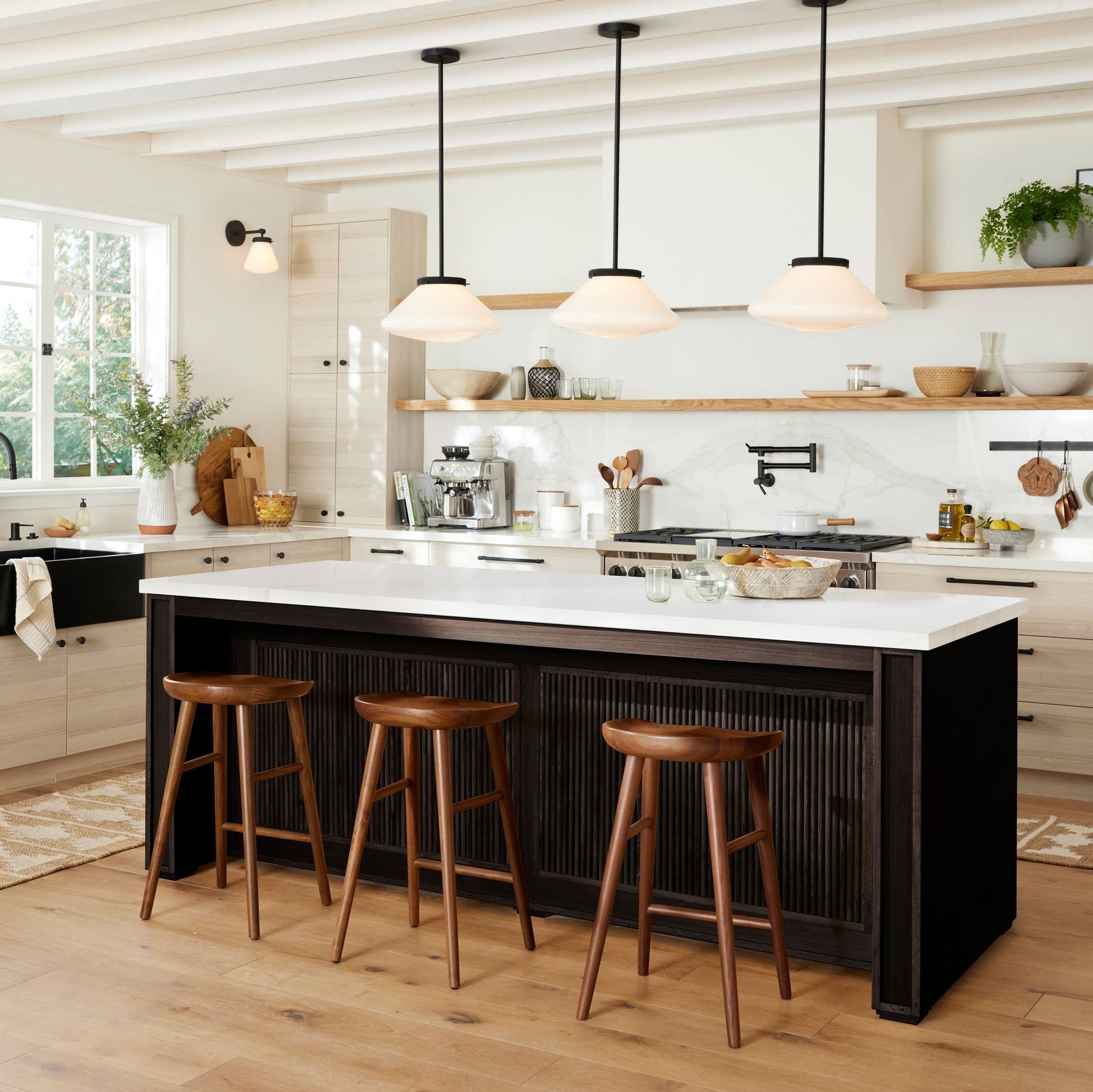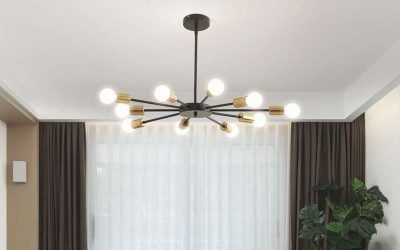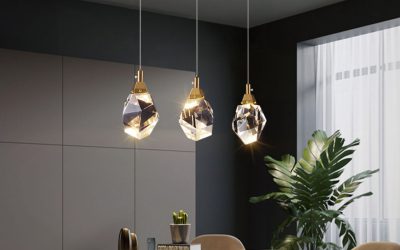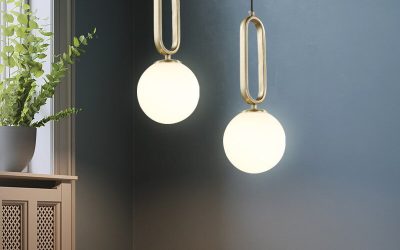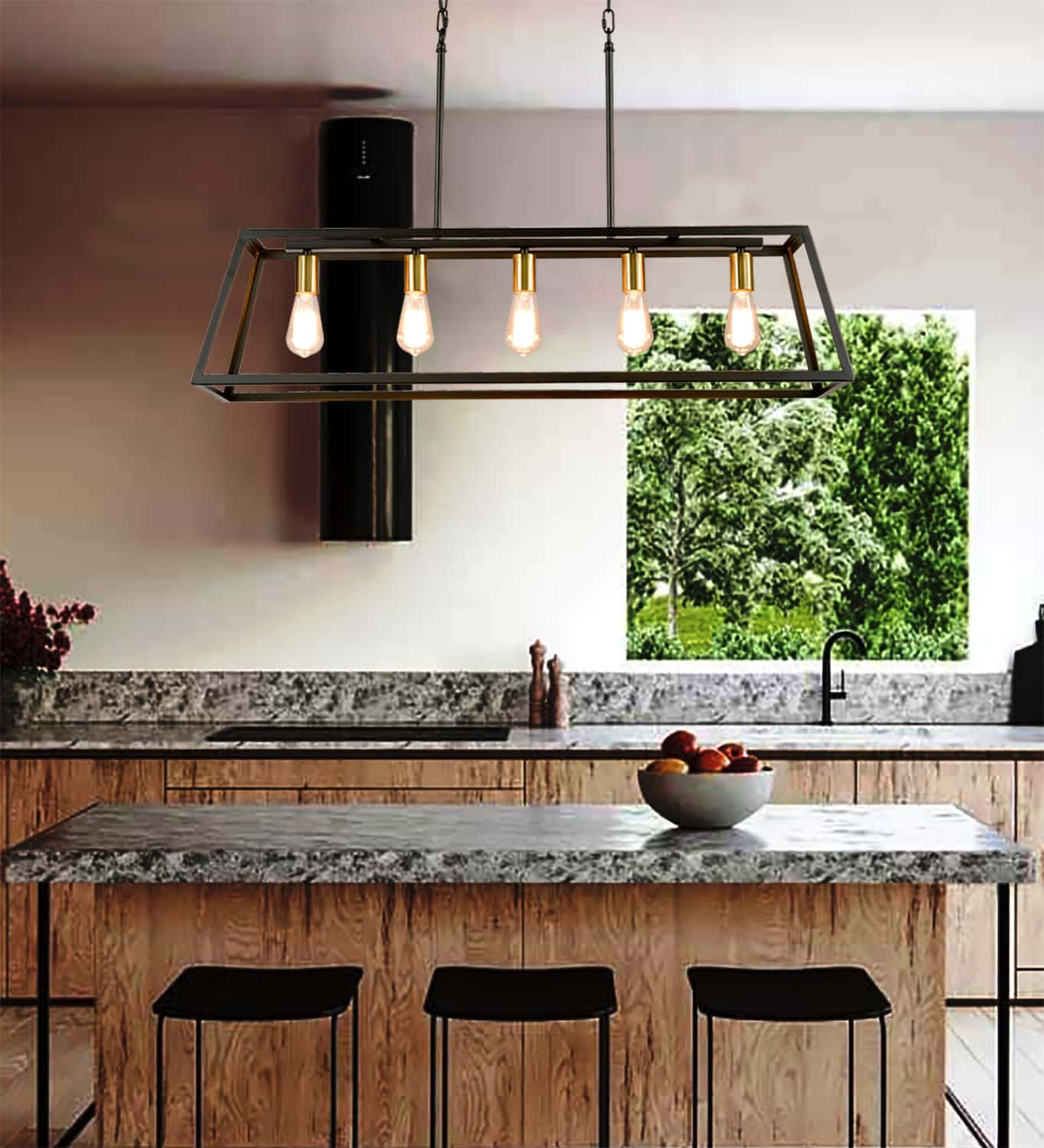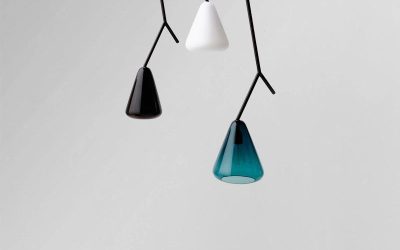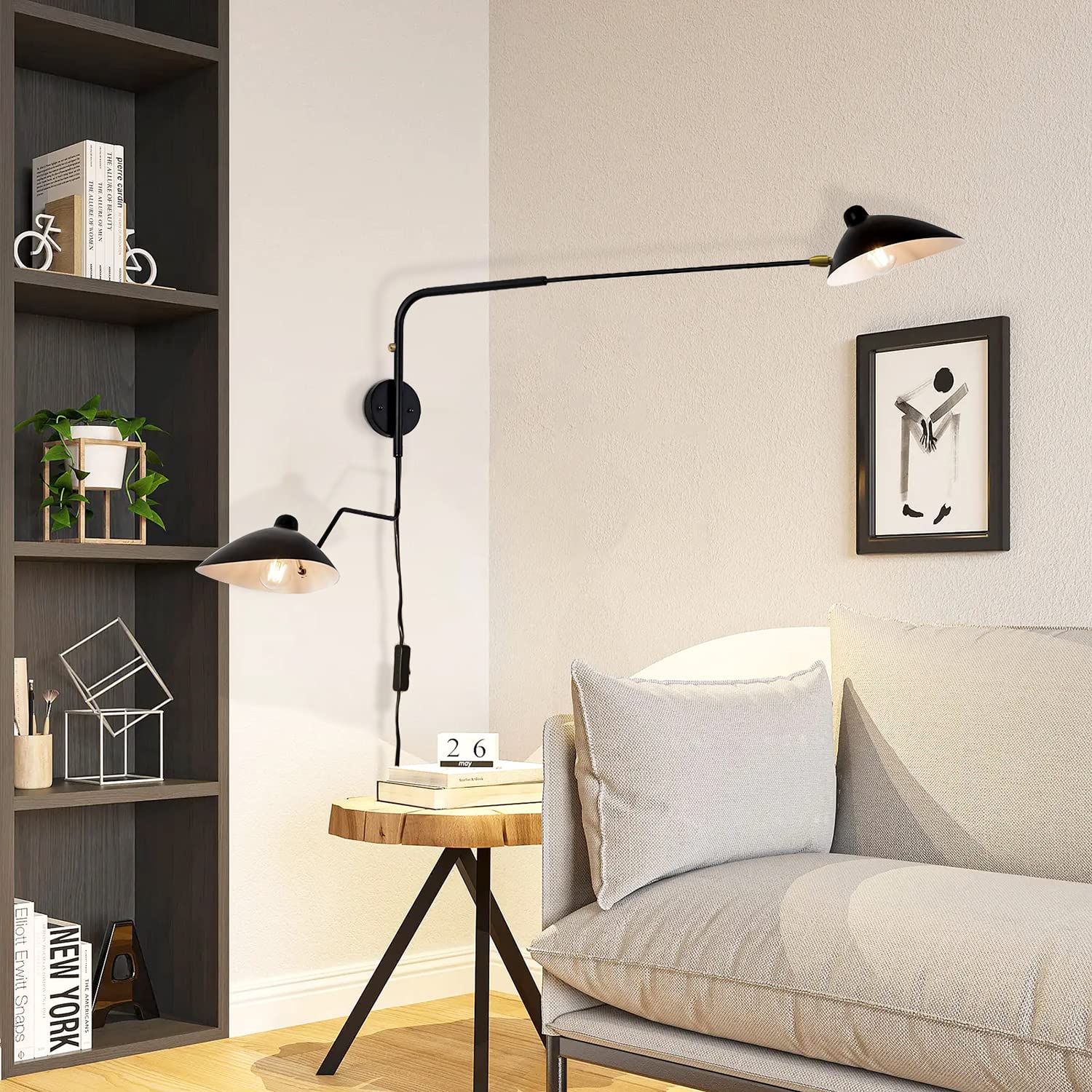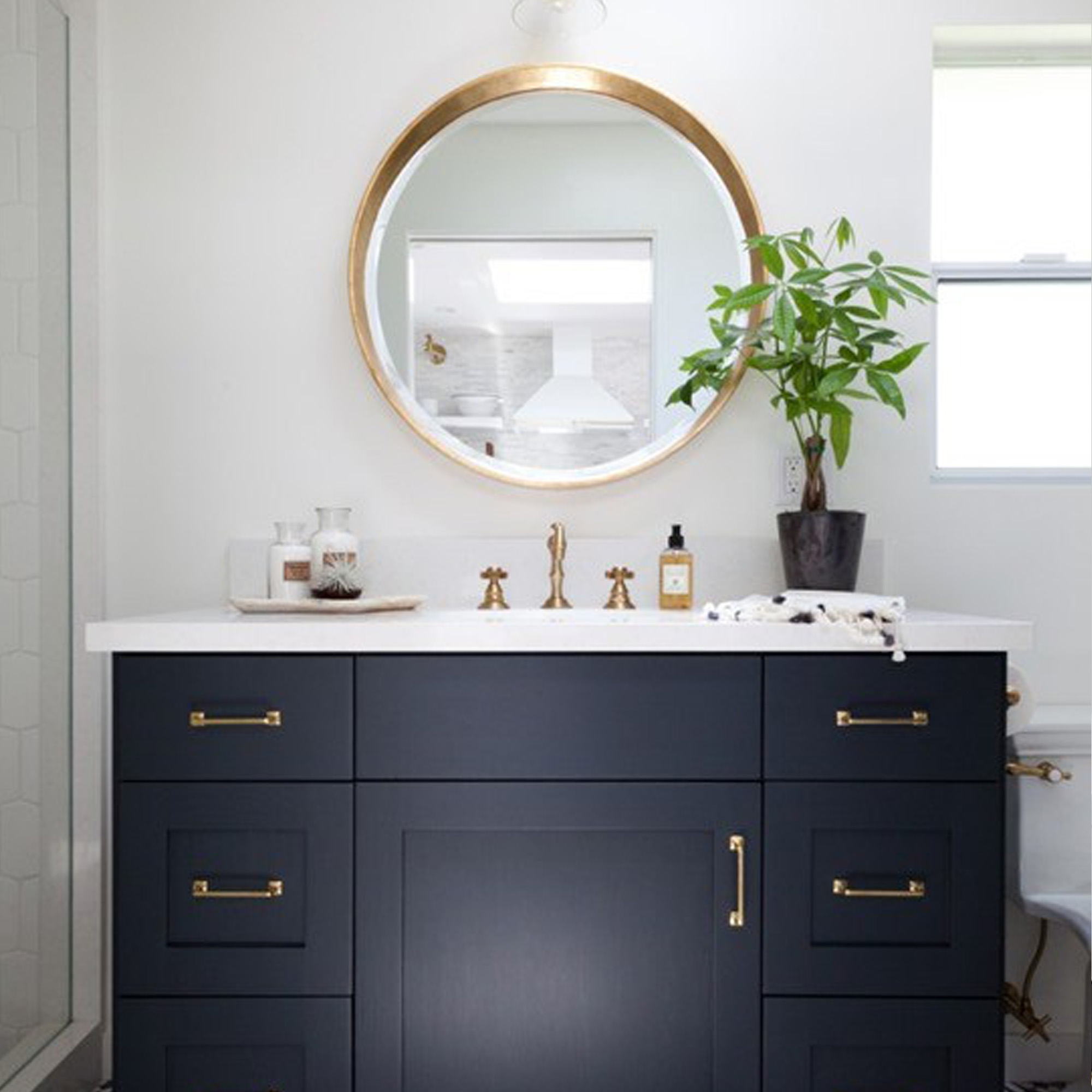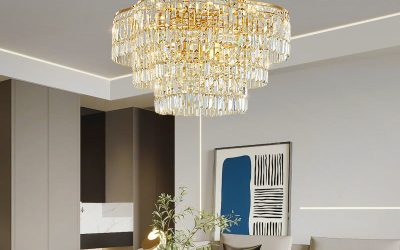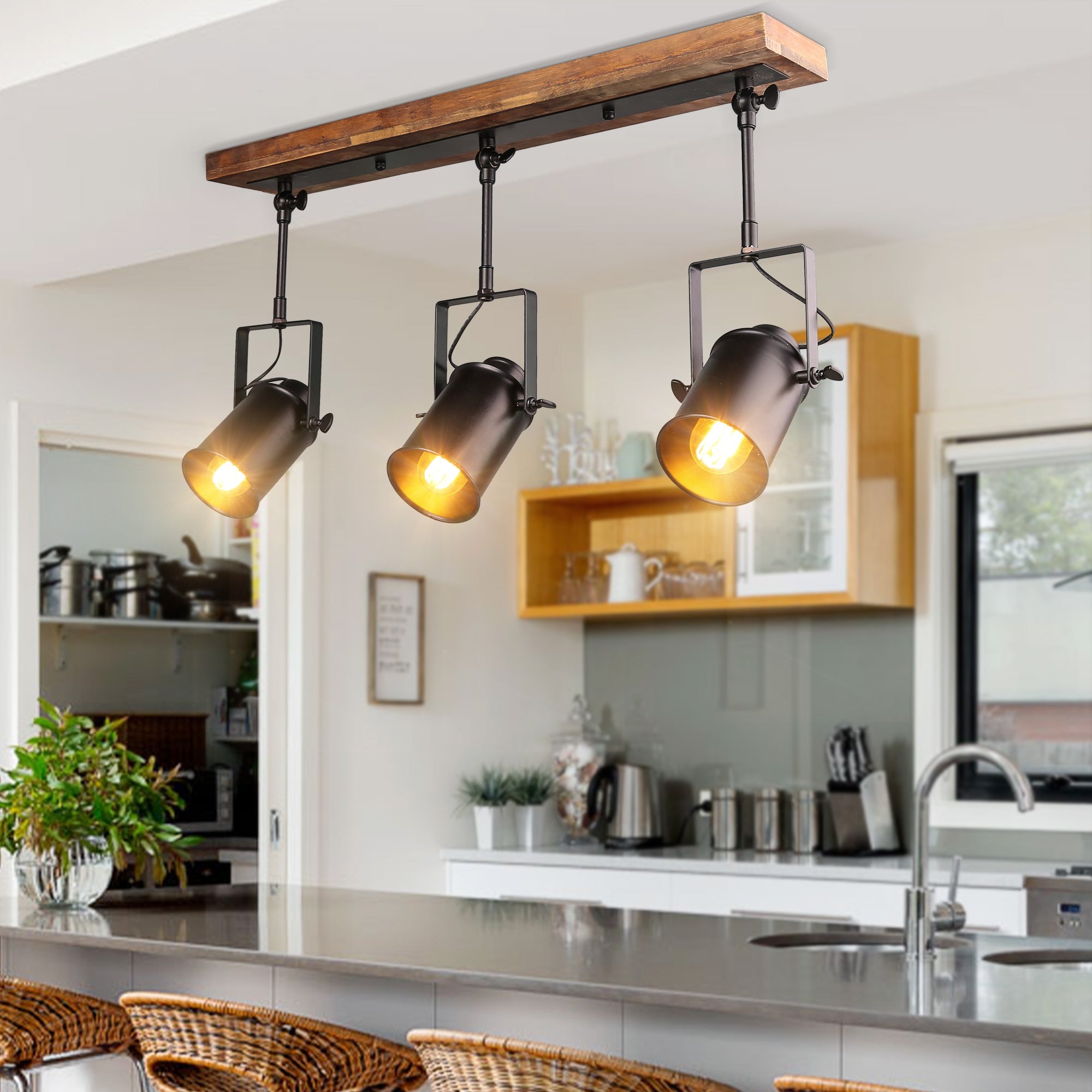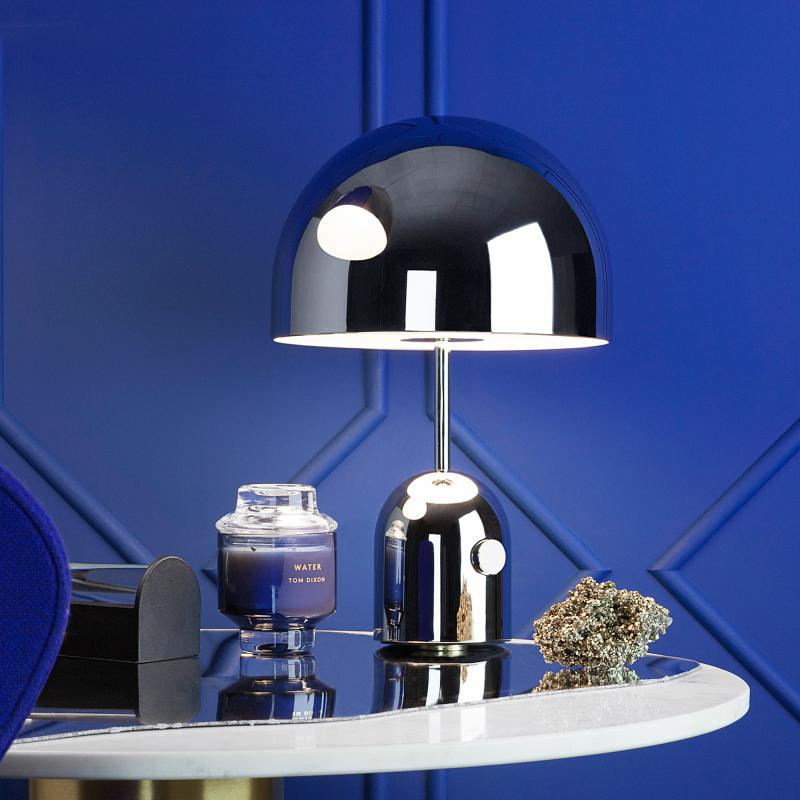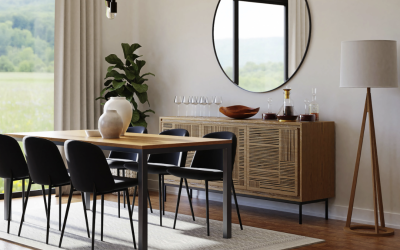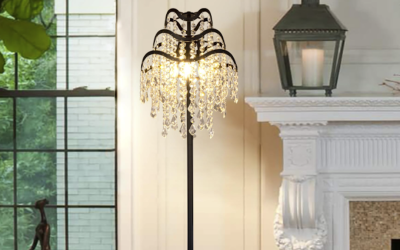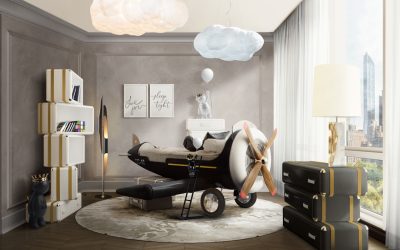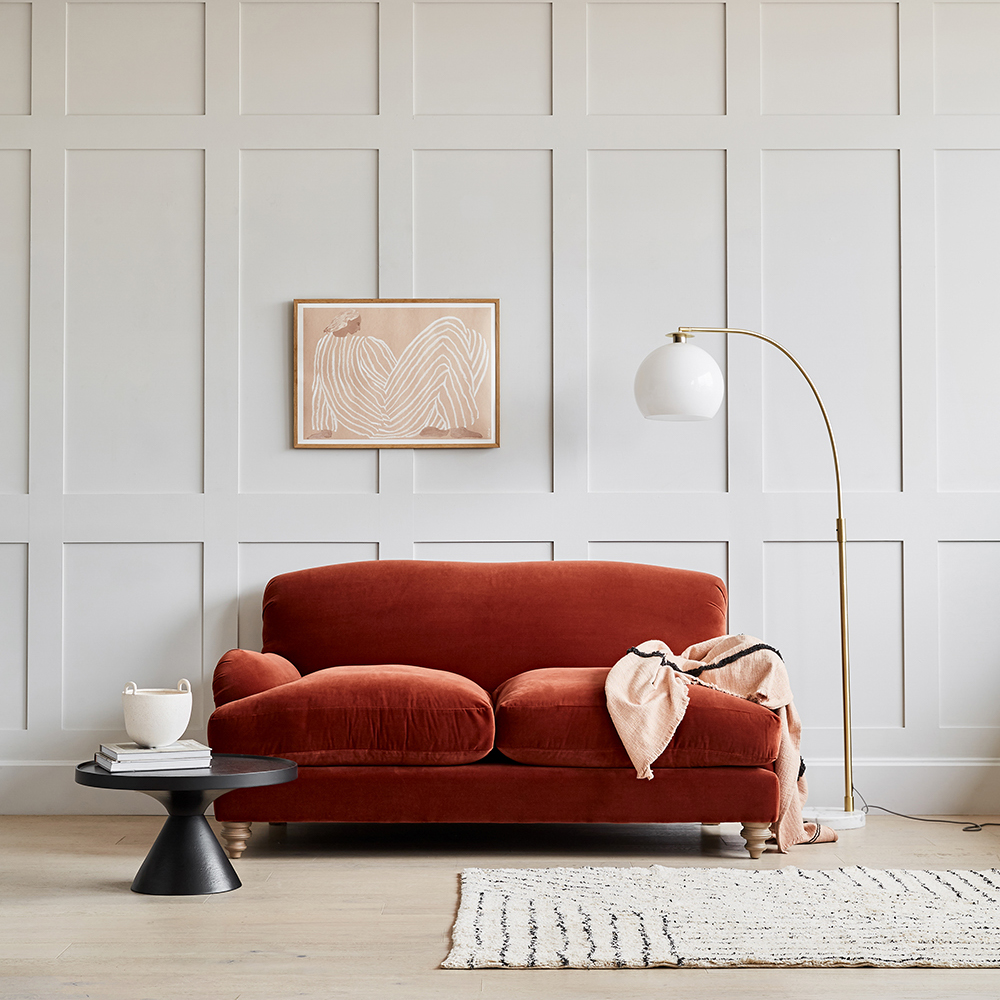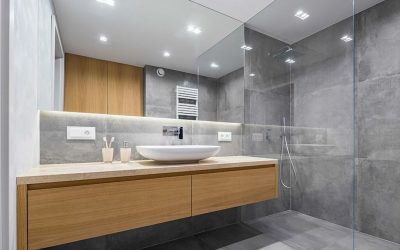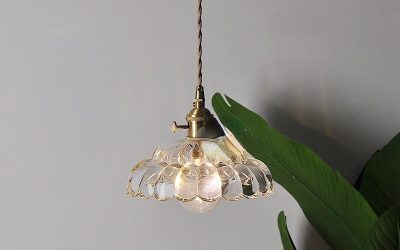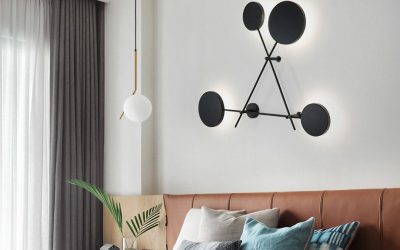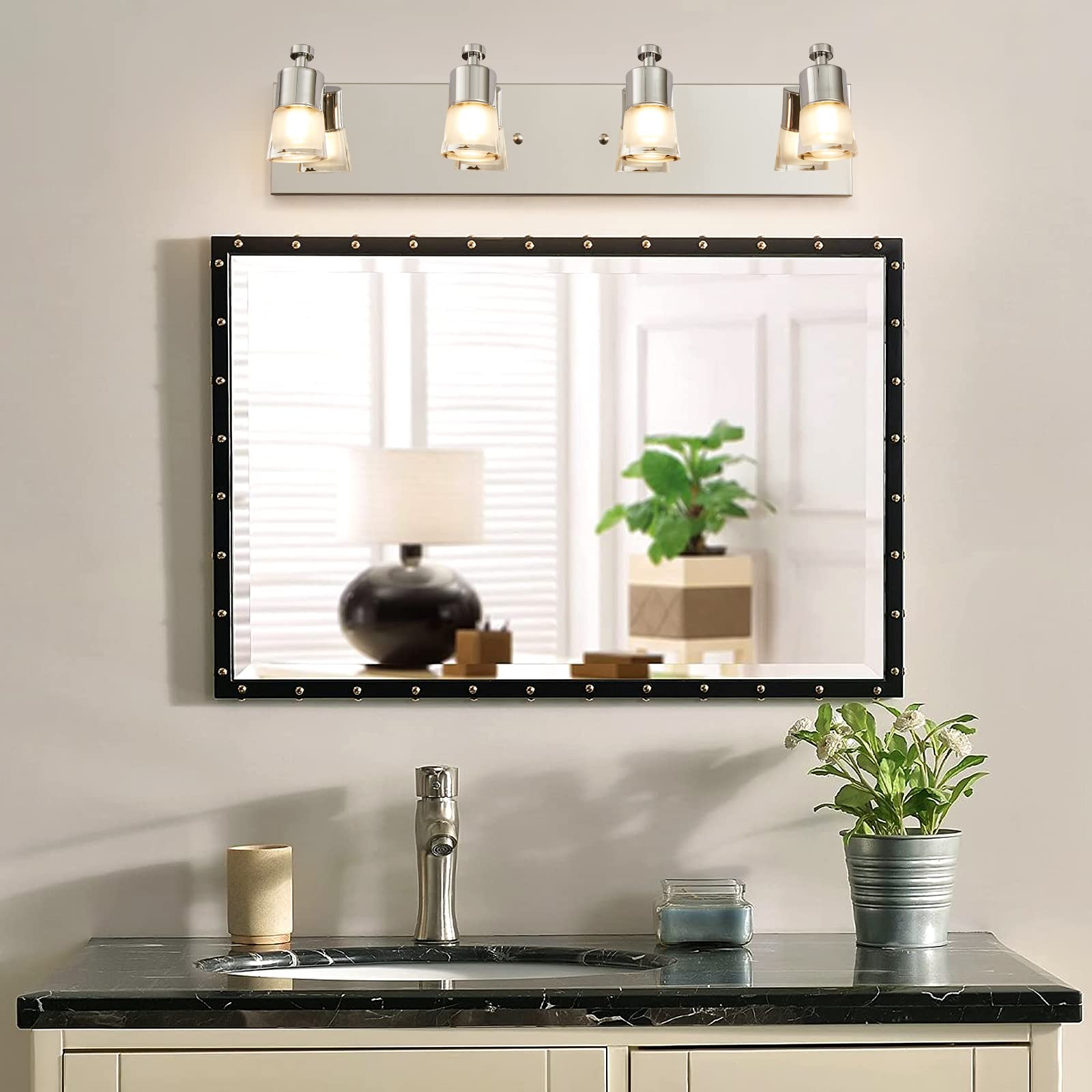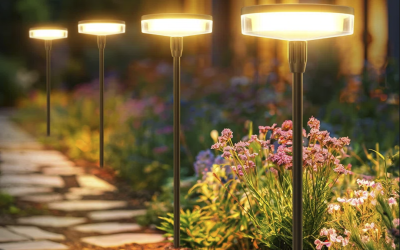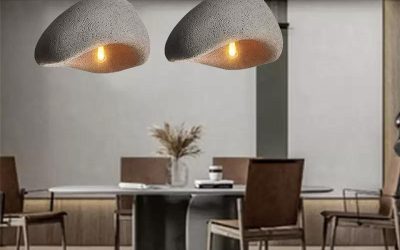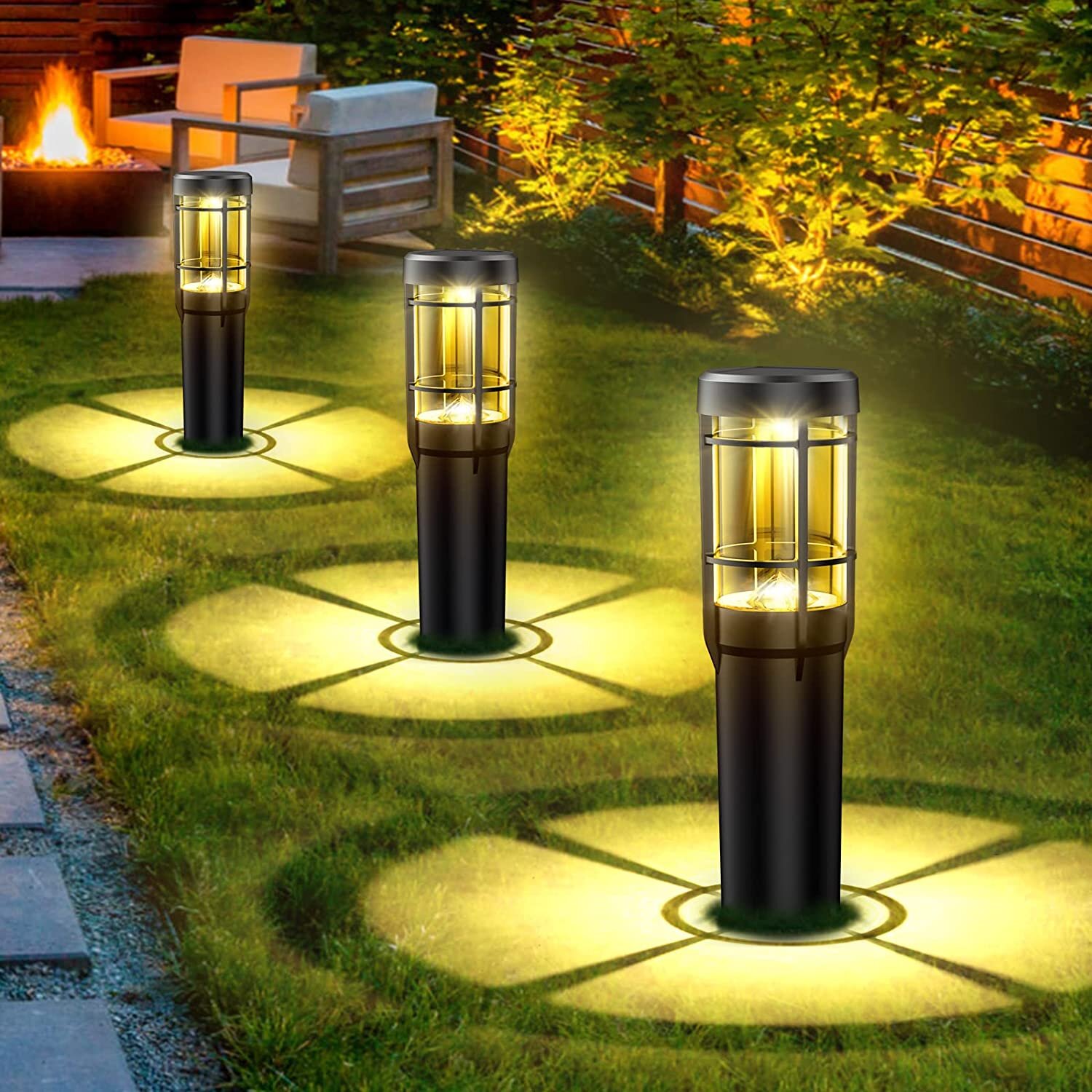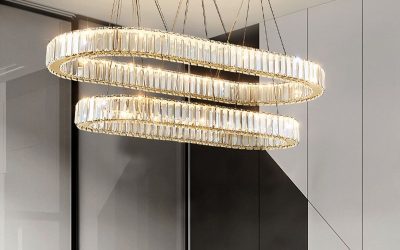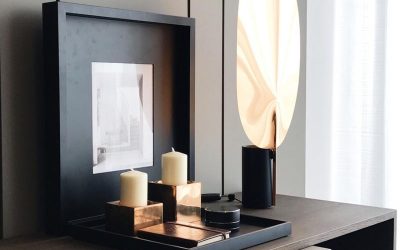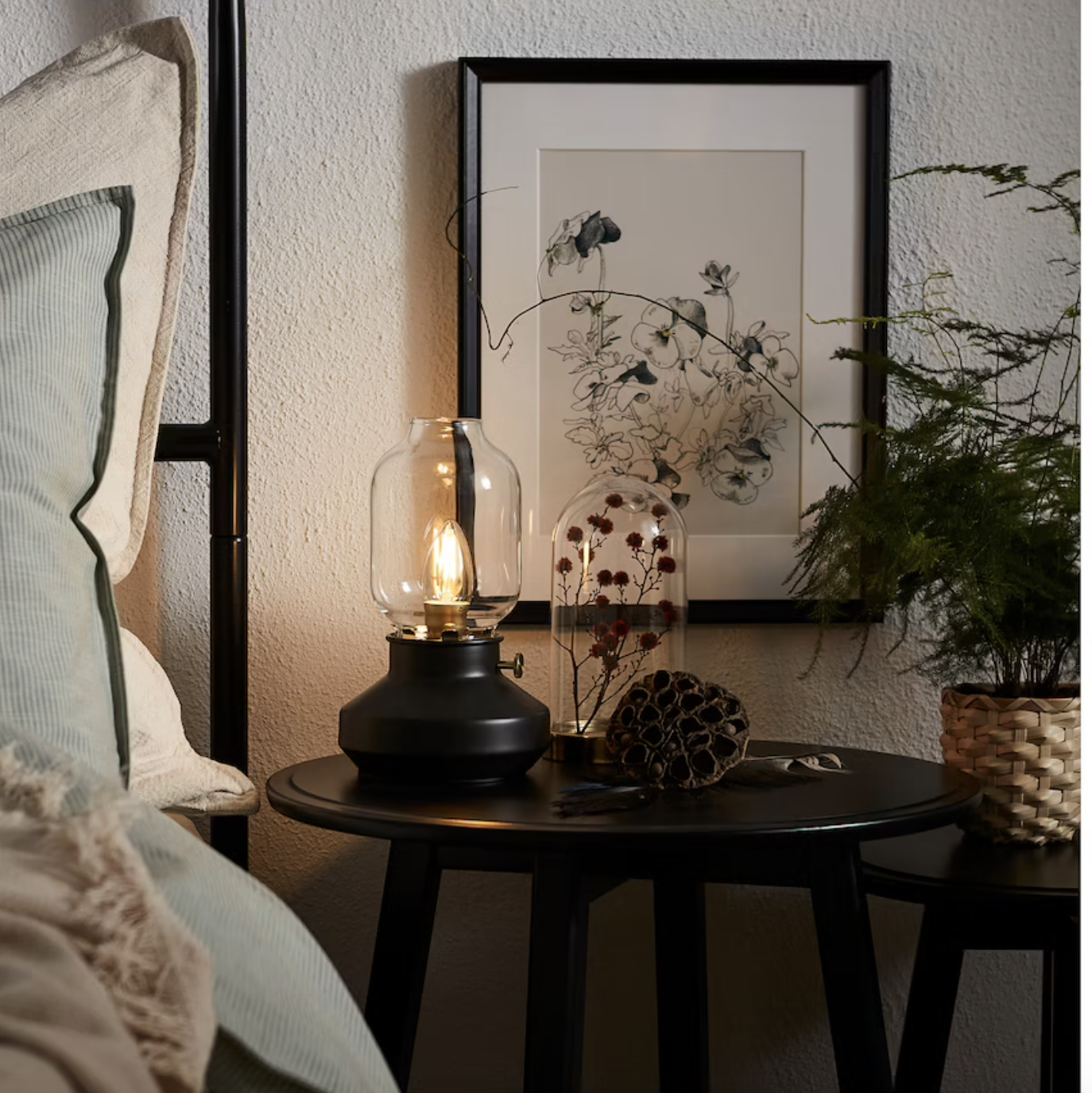Island lighting is a critical component in enhancing the ambiance and functionality of various spaces. It serves multiple purposes in different areas of a home or outdoor setting. In kitchens, island lighting provides essential task lighting for food preparation and cooking while also acting as a central design element.
For dining areas, it creates a warm and inviting atmosphere conducive to family meals and entertaining guests. In living rooms, island lighting can be used to highlight specific areas or create a relaxing ambiance. Outdoor spaces benefit from island lighting by extending the usability of patios or decks into the evening hours.
Island lighting also plays a significant role in interior design. It can contribute to the overall aesthetic of a space, complementing various design styles from modern and minimalist to traditional and ornate. The right lighting fixture can serve as a statement piece, adding character and personality to a room.
When chosen carefully, island lighting can harmonize with other design elements such as furniture, decor, and architectural features, creating a cohesive look throughout the space. The importance of island lighting in both form and function makes it an essential consideration in interior design. Its ability to transform and elevate a space should not be underestimated, as it can significantly impact the overall look, feel, and usability of an area.
Choosing the Right Island Lighting for Your Kitchen
Size and Layout Considerations
The size and layout of your kitchen are crucial in determining the type of lighting fixture to choose. For larger kitchens with spacious islands, multiple pendants or linear suspension lights can provide adequate illumination and make a bold statement. On the other hand, smaller kitchens with compact islands may require a single pendant or a small cluster of lights to avoid overwhelming the space.
Style and Design Compatibility
The style and design of the lighting fixture should complement the existing decor and aesthetic of your kitchen. For modern kitchens with sleek cabinetry and minimalist design, contemporary pendants with clean lines and metallic finishes may be suitable. In traditional kitchens with ornate details and warm wood tones, classic chandeliers or lantern-style pendants may be more appropriate.
Material, Finish, and Functionality
The material and finish of the fixture should coordinate with other hardware and finishes in the kitchen, such as cabinet handles, faucets, and appliances. Additionally, consider the type of lighting that best suits your needs. Task lighting is essential for food preparation and cooking, so ensure the fixture provides ample light over the island. You may also want to consider dimmable fixtures with warm color temperatures to create a warm and inviting ambiance in the kitchen.
Enhancing Your Dining Area with Island Lighting
In the dining area, island lighting serves as a focal point that not only illuminates the space but also enhances the overall ambiance for meals and gatherings. When selecting island lighting for your dining area, it’s important to consider the size and shape of your dining table. A general rule of thumb is to choose a fixture that is approximately one-third to one-half the width of the table to ensure proper scale and proportion.
For rectangular tables, linear suspension lights or multiple pendants can create a balanced look, while for round or square tables, a single large pendant or chandelier may be more suitable. Additionally, consider the height at which the lighting fixture will hang above the table. The bottom of the fixture should typically be positioned 30 to 36 inches above the tabletop to provide ample illumination without obstructing views across the table.
Adjustable fixtures or those with varying rod lengths can offer flexibility in achieving the ideal hanging height for your specific dining area. Furthermore, consider the style and design of the lighting fixture to ensure that it complements the decor and aesthetic of your dining area. A contemporary dining area with clean lines and modern furniture may benefit from a sleek and minimalist pendant or chandelier, while a more traditional dining space with ornate details and rich wood tones may call for a classic crystal chandelier or lantern-style pendant.
The material and finish of the fixture should also coordinate with other elements in the room, such as furniture, decor, and architectural features. Overall, island lighting in the dining area should not only provide adequate illumination for meals but also contribute to creating a warm and inviting atmosphere for gatherings and entertaining. By carefully considering size, scale, hanging height, style, design, material, and finish, you can select island lighting that enhances both the functionality and aesthetic of your dining space.
Creating a Cozy Atmosphere with Island Lighting in Your Living Room
In the living room, island lighting can be used to create a cozy and inviting atmosphere while also serving as a decorative element that adds character and style to the space. When selecting island lighting for your living room, consider the size and layout of the room. For larger living rooms with high ceilings, a statement chandelier or linear suspension light can make a bold impact and fill the vertical space effectively.
In smaller living rooms with lower ceilings, a cluster of pendants or a semi-flush mount fixture may be more suitable to provide adequate illumination without overwhelming the space. Additionally, consider how you intend to use the living room and how you want the lighting to function. If you use the living room for reading or other tasks that require focused light, consider fixtures with adjustable heads or directional light sources to provide task lighting where needed.
If you want to create a warm and cozy ambiance for relaxing or entertaining guests, consider fixtures with dimmable capabilities and warm color temperatures to set the mood. Furthermore, consider the style and design of the lighting fixture to ensure that it complements the existing decor and aesthetic of your living room. A modern living room with clean lines and contemporary furniture may benefit from a sleek and minimalist pendant or chandelier, while a more traditional living space with cozy furnishings and rich textures may call for a classic lantern-style pendant or crystal chandelier.
The material and finish of the fixture should also coordinate with other elements in the room, such as furniture, decor, and architectural features. Overall, island lighting in the living room should not only provide functional illumination but also contribute to creating a cozy and inviting atmosphere that reflects your personal style and enhances the overall ambiance of the space.
Incorporating Island Lighting in Your Outdoor Space
Island lighting is not limited to indoor spaces; it can also play a significant role in enhancing outdoor areas such as patios, decks, and outdoor kitchens. Outdoor island lighting serves both functional and decorative purposes by providing illumination for outdoor activities while also adding style and ambiance to your outdoor living space. When selecting island lighting for your outdoor space, it’s important to consider durability and weather resistance.
Look for fixtures specifically designed for outdoor use with materials and finishes that can withstand exposure to elements such as rain, wind, and sunlight. Additionally, consider how you intend to use your outdoor space and how you want the lighting to function. If you have an outdoor kitchen or dining area, task lighting over an island or outdoor bar can provide essential illumination for food preparation and cooking.
For lounging areas or outdoor seating arrangements, consider fixtures that create a warm and inviting ambiance for relaxation or entertaining guests. Furthermore, consider the style and design of the lighting fixture to ensure that it complements the overall aesthetic of your outdoor space. A modern outdoor area with sleek furniture and clean lines may benefit from contemporary pendants or linear suspension lights, while a more rustic outdoor space with natural materials and cozy furnishings may call for lantern-style pendants or rustic chandeliers.
The material and finish of the fixture should also coordinate with other outdoor elements such as furniture, decor, landscaping features, and architectural details. Overall, incorporating island lighting in your outdoor space can extend its functionality well into the evening hours while also adding style and ambiance to create an inviting outdoor oasis for relaxation and entertainment.
Tips for Installing and Maintaining Island Lighting
When it comes to installing island lighting in your space, there are several key considerations to keep in mind to ensure proper installation and maintenance of your fixtures.
Seek Professional Help When Necessary
It’s essential to consult with a professional electrician if you’re not experienced with electrical work. Proper installation is crucial for safety reasons as well as ensuring that your fixtures function correctly.
Customize Your Lighting with Dimmer Switches
Consider using dimmer switches for your island lighting fixtures to provide flexibility in adjusting light levels based on different activities or moods. Dimmers allow you to customize the ambiance of your space while also potentially saving energy by using less electricity when full brightness is not necessary.
Maintenance Tips for Island Lighting Fixtures
Regular cleaning is essential to keep your island lighting fixtures looking their best and functioning properly. Dusting or wiping down fixtures regularly can prevent dust buildup that can diminish light output over time. Additionally, check for any loose screws or connections periodically to ensure that everything remains secure. Consider scheduling professional maintenance for any complex fixtures such as chandeliers or intricate pendant lights. Professional cleaning services can help maintain delicate fixtures without risking damage during DIY cleaning attempts.
Overall, proper installation and maintenance are essential for ensuring that your island lighting fixtures not only look their best but also function safely and effectively in your space.
Trends and Styles in Island Lighting for Modern Homes
In modern homes, island lighting trends have evolved to encompass a wide range of styles that cater to different design preferences while incorporating innovative technologies for enhanced functionality. One popular trend is the use of mixed materials in island lighting fixtures such as combining metal with natural elements like wood or stone. This trend adds visual interest and texture to fixtures while creating a dynamic focal point in modern spaces.
Another trend is the use of geometric shapes in island lighting designs. Clean lines and angular forms are popular in contemporary homes as they add a sense of modernity and sophistication to spaces. Geometric pendants or linear suspension lights can make a bold statement while complementing minimalist interiors.
Furthermore, there is an increasing demand for smart lighting solutions in modern homes. Smart island lighting fixtures offer advanced control options such as dimming capabilities, color temperature adjustments, and even remote operation via smartphone apps or voice commands. These features provide convenience and flexibility while also contributing to energy efficiency in modern homes.
Additionally, sustainable and eco-friendly materials are becoming more prevalent in island lighting designs as homeowners seek environmentally conscious options for their spaces. Fixtures made from recycled materials or energy-efficient LED technology are gaining popularity as they align with sustainable living practices while offering stylish options for modern homes. Overall, modern homes are embracing diverse trends in island lighting that cater to various design preferences while incorporating advanced technologies and sustainable practices for enhanced functionality and style in interior spaces.

